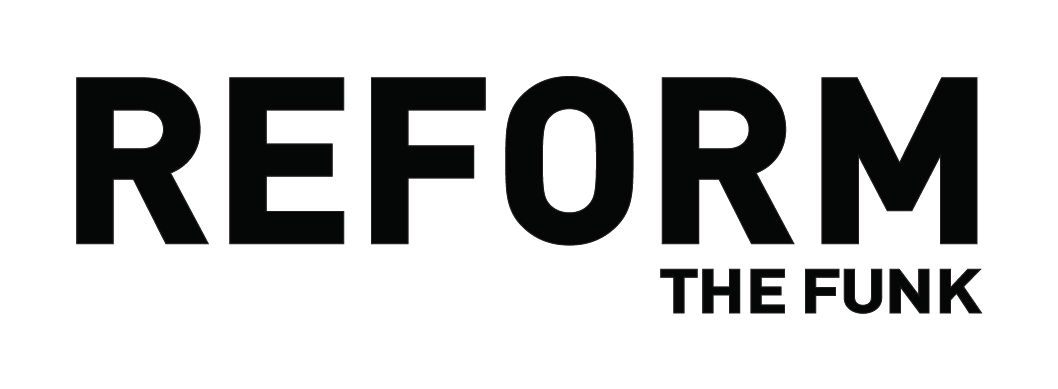Storming The Runways: Black Models Are On The Rise But Are We Still Treated Like Second Class Citizens?
Words by Funmi Olagunju
The near dystopian future that we feared for the modelling industry seems to be fading. Beautiful façades and empty promises still present, but the coincidentally knowing nod of those making the necessary changes should go to the models themselves. Often forced to take their careers into their own hands figuratively and literally are, however, creating narratives that the world is taking notice of. Take, Imaan Hammam, for instance, inspiring change by posting motivational messages to her almost 1 million followers on Instagram:
Imaan Hammam for Alexander McQueen SS 2020
In a recent interview with The Telegraph this February Hammam was open about how her Moroccan-Egyptian heritage helped her reckon with her identity sooner rather than later. “I’m not going to lie it was a journey… I often felt put in a box and labelled as a black model”. Her experience provides a fresh perspective where blurred lines on black beauty meet its perception and packaging in the industry. Hammam who is of a lighter complexion with loose curly hair could be argued as being more palatable. She goes on to say; “In Europe it’s not like that. It’s ‘oh, you’re Moroccan-Egyptian, cool”, so she began to understand her unique identity and how differences can bring positives to the table.
Too often the conversation falls on the difficult plight of black models alone. From the treatment of darker skinned models on and off the runway, pay disparities and overall booking of jobs, all incredibly necessary and still fights to be had, yet, as the discussion around diversity becomes more widespread and noticeable, we need to follow suit and band together a stronger message of inclusion.
A discussion must be had of the lack of south Asian and Indian models in high-fashion. Neelam Gill was the first South-Asian model to book the coveted Burberry campaign in 2014 and appear in British Vogue. With the recent appointment of Ricardo Tisci at Burberry has seen a positive shift in his presentation of modern Britain. His 2019 campaigns, look-books and shows featured various models of colour particularly Indian models like Keone Pillay and Radhika Nair. This is in contrast to prior years where representation, especially, regarding Britishness was very slim.
Let’s not forget the Uyghur people of china, an ethnic group with Turkish origins. Because of their unique features they are often mistaken as European, South American, and American. Therefore, a select few have been able to break into the fashion and entertainment industries respectively. Agencies worldwide are in demand for these models due to their crossover appeal. Uyghur Models like Dilraba Dilmurat are the unheard voices of colour we long for in the plight for inclusion and diversity in fashion.
Today, it is increasingly clear that black models are receiving more accolades; Adut Akech, a South Sudanese immigrant reached new heights gracing the cover of Vogue Australia and was taken under the wing of the late Karl Lagarfeld at Chanel. Now fronting the 2019 fragrance campaign for the house of Valentino, a most coveted and lucrative contract… refuting the tired trope that black doesn’t sell; lazy generalisations with no facts to prove otherwise. In a Vogue interview, Akech describes her first meeting with Valentino’s creative director PierPaolo Piccioli, and how he was enamoured by not just her beauty but her personality. This speaks volumes. And as high fashion is increasingly being sought after by a wider demographic of people, models like Adesuwa Aighewi, Duckie Thot, Selena Forrest and Slick Woods are given the opportunity to book luxury brands that were once unimaginable.
The importance of social media in this digital age in promoting positive representations of models of colour cannot be dismissed. Shudugram, the digital Supermodel, a collaborative project with photographer Cameron-James Wilson and real-life black models who stand in, as the digital mappings are made for an image. His recent muse this January is the model Alexandra Maleek. Although Wilson’s work has been met with some controversy, depicting the white male gaze on black beauty, his collaborations could be argued that the Shudu model is an example of strength and versatility, able to capture any creative vision from editorial to commercial. Although, the creator, is the natural beneficiary of Shudu’s success and the models who inspire her aesthetic merely fall into obscurity, it is important to assess its impact in changing the landscape of fashion by the creation of newer, innovative platforms to uplift models of colour and redefine new possibilities in the industry.
The spring 2020 shows were the most diverse in terms of race than ever, showing a slow but steady climb. It still begs the question: is it sincere or is our inclusion a ‘trend’ in disguise? This February, an article by Insider.com highlighted the top black models making waves through the industry as the increase in diversity reaches a nice momentum. Top male model, Valentine Rontez states that “Change is happening everyday… every culture has something to offer. We’re all united”. However, the sincerity of these progressions should still be scrutinised. Will the industry suddenly get bored and return to the ‘norm’? Now, we are seeing more black models in major advertising campaigns, walking for well-established designers and creating brands that their fans love, clients have no choice but to buy into. Mainstream beauty standards are changing; unless power structures are decolonised, these biases will ensue.
Words by Funmi Olagunju
















